Insulating Concrete Forms (ICFs)
Insulating Concrete Forms (ICFs) are a construction material that combines insulation and structural integrity. These modular blocks or panels are made from lightweight insulating materials, such as expanded polystyrene (EPS), and are used as a mold for poured concrete. ICFs are an innovative solution for building energy-efficient, durable, and sustainable structures.
1. What Are Insulating Concrete Forms?
ICFs are interlocking modular units that remain in place as part of the building’s structure after the concrete is poured and cured. They serve two purposes:
- Formwork for the concrete during construction.
- Insulation for the building throughout its lifespan.
The forms are stacked like blocks to create walls, and concrete is poured into the hollow core. Once the concrete sets, the forms provide continuous insulation and protection.
2. Key Features of ICFs
- Continuous Insulation:
ICFs provide a continuous layer of insulation, eliminating thermal bridging and maintaining consistent interior temperatures. - High Thermal Resistance:
With R-values typically ranging from R-20 to R-50, ICF walls significantly reduce heat transfer compared to traditional construction methods. - Air and Moisture Barrier:
ICFs form an airtight envelope, minimizing air infiltration and protecting against moisture intrusion. - Durability:
Concrete reinforced with ICFs is resistant to fire, pests, and natural disasters like hurricanes and earthquakes. - Ease of Installation:
The lightweight and modular design simplifies construction, reducing labor and time.
3. Advantages of ICFs
- Energy Efficiency:
-
- Superior insulation reduces heating and cooling costs by up to 50%.
- Thermal mass of the concrete helps regulate indoor temperatures, reducing HVAC usage.
- Sustainability:
-
- Reduces energy demand and greenhouse gas emissions.
- Many ICF products use recycled materials, such as polystyrene.
- Soundproofing:
-
- The dense concrete and insulating forms provide excellent soundproofing, ideal for urban or noisy environments.
- Structural Integrity:
-
- Offers superior strength compared to wood-framed buildings.
- Resists mold, pests, and fire, ensuring long-lasting performance.
- Design Flexibility:
-
- ICFs can be used for walls, floors, and roofs in various building designs, from residential to commercial and institutional projects.
4. Limitations of ICFs
- Higher Initial Cost:
-
- Materials and installation costs are higher compared to traditional wood-frame construction. However, these costs are offset by long-term energy savings.
- Specialized Labor:
-
- Construction requires skilled labor familiar with ICF systems, which can increase labor costs.
- Aesthetic Limitations:
-
- Finishing ICF walls may require additional steps, such as applying drywall or other cladding materials.
- Concrete’s Environmental Impact:
-
- While ICFs reduce operational energy, concrete production remains energy-intensive and a significant source of CO₂ emissions.
5. Applications of ICFs
- Residential Construction:
-
- Energy-efficient homes with enhanced durability and noise reduction.
- Commercial Buildings:
-
- Office spaces, schools, and healthcare facilities benefit from ICFs’ insulation and soundproofing properties.
- Disaster-Resilient Structures:
-
- ICFs are widely used in areas prone to hurricanes, tornadoes, and earthquakes due to their strength and durability.
- Basements and Foundations:
-
- Provide superior insulation and moisture protection for below-grade applications.
6. Real-World Examples
- Net-Zero Homes:
-
- Many net-zero energy homes incorporate ICFs to achieve superior energy efficiency and thermal performance.
- Commercial Projects:
-
- Schools and hospitals in cold climates often use ICFs for their energy savings and soundproofing benefits.
- Hurricane-Resilient Buildings:
-
- Coastal communities adopt ICFs to construct homes that withstand extreme weather conditions.

